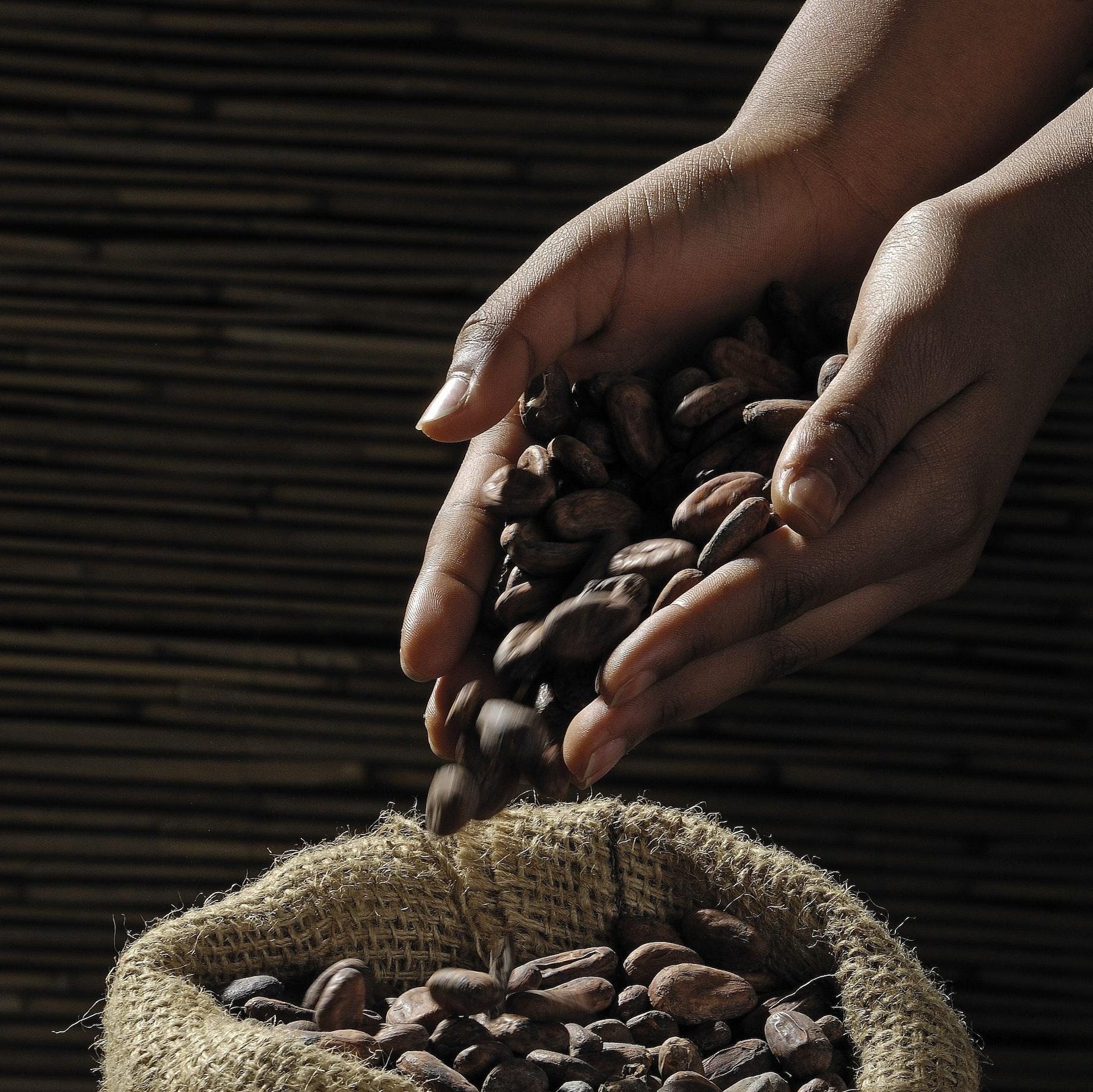DOLLAR HIGHER ON US BUSINESS ACTIVITY BOOST
The dollar rose against the euro on Thursday after data showed U.S. business activity accelerated to the highest level in just over two years in May, suggesting that economic growth picked up half-way through the second quarter. S&P Global said that its flash U.S. Composite PMI Output Index, which tracks the manufacturing and services sectors, jumped to 54.4 this month. That was the highest level since April 2022 and fA reading above 50 indicates expansion in the private sector. “The currency action shows the market still responds to strong U.S. economic data in the expected way,” said Marc Chandler, chief market strategist at Bannockburn Global Forex LLC. “I think the dollar has some more room on the upside,” Chandler said. Data on Thursday also showed the number of Americans filing new claims for unemployment benefits fell last week, pointing to underlying strength in the labour market that should continue to support the economy.ollowed a final reading of 51.3 in April. Federal Reserve officials at their last policy meeting said they still had faith that price pressures would ease at least slowly in coming months, but doubts emerged about whether the current level of interest rates was high enough to guarantee that outcome and “various” officials said they’d be willing to hike borrowing costs again if inflation surged. “Given the FOMC comments the market is still exaggerating the chances of two rate cuts this year,” Chandler said, noting that the unwinding of rate cut bets would keep the dollar supported in the near term. The euro was down 0.2% at $1.08.
POUND STEADY DAY AFTER ELECTION ANNOUNCEMENT, INFLATION DATA
The pound held broadly steady on Thursday near multi-month highs a day after British Prime Minister Rishi Sunak called a national election and data showed inflation did not slow as much as expected in April. Sterling was flat on the dollar at $1.2714, having touched a two month high of $1.2761 the day before after data showed British consumer prices rose by 2.3% in annual terms in April, nearing the Bank of England’s 2% target but slowing less than markets had expected. The British currency reached its strongest in three months versus the euro in early trade but then weakened after euro zone business activity data helped the common currency to rise 0.2% to 85.26 pence. Sterling options volatility, a measure of trader demand for protection in the case of large price swings in the future, rose for contracts that cover the election date of July 4. Two-month sterling options volatility rose by the most in one day since mid-April on Wednesday, and was last at 6.09%, though this was still only its highest in a week. The start of the election campaigns of British Prime Minister Rishi Sunak and his Labour Party rival Keir Starmer, drew eyes on Thursday though analysts said the poll was unlikely to have a major effect on markets. Sunak’s Conservative Party trails Labour by around 20 percentage points in opinion polls. “The last time UK politics had any material impact on the pound outside budget announcements was when there was Liz Truss – and that was related to the budget too – outside of that it was the Brexit discussions,” said Francesco Pesole, FX strategist at ING.
SOUTH AFRICAN RAND FLAT AFTER STRONG US DATA, ELECTION NEXT WEEK
The South African rand was little changed in early trade on Friday after robust economic data out of the U.S. raised bets that the Federal Reserve might only cut interest rates later this year. At 0713 GMT, the rand traded at 18.4850 against the dollar ZAR=D3, near its previous close of 18.4825. The dollar =USD last traded around 0.05% weaker against a basket of global currencies. The rand slipped this week on hints that interest rates could remain higher for longer in the world’s biggest economy, while strong economic data out of the U.S. has boosted beliefs that cuts might only come at the end of the year. “Another round of robust US economic and labor market data has seen markets now pricing in the first Fed rate cut as likely to only be in December,” said Andre Cilliers, currency strategist at TreasuryONE. “There is a general risk-off sentiment across all markets.” South Africans will next week vote in an election where polls suggest the ruling African National Congress could lose its legislative majority for the first times since coming to power 30 years ago. “The rand is likely to remain on the back foot in the short term as traders turn cautious and we see further consolidation ahead of next week’s elections,” Cilliers said. On the Johannesburg Stock Exchange, the blue-chip Top-40 .JTOPI was down around 0.4% in early trade. South Africa’s benchmark 2030 government bond ZAR2030= was weaker in early deals, with the yield up 5.2 basis points to 10.482%.
DOLLAR HOLDS FIRM AS TRADERS TRIM US RATE CUT BETS
The dollar headed for its largest weekly rise in a month-and-a-half on Friday as surprisingly strong U.S. economic data has left markets on edge about the outlook for U.S. inflation and interest rates.May figures showed U.S. business activity accelerated to the highest level in just over two years and manufacturers reported surging input prices, prompting a pullback in U.S. interest rate cut expectations and a rise in government bond yields. The dollar is up almost 1% this week on the Japanese yen to 157.11 yen, even though Japanese government bond yields have climbed too, scaling decade highs and clearing 1% at the 10-year tenor Japan’s core inflation slowed for a second straight month in April, meeting market expectations – and staying above the central bank’s target – at 2.2%. “It’s having very little effect on the yen,” said Martin Whetton, head of financial markets strategy at Westpac in Sydney. “The carry of holding dollars is far juicier,” he said, while policymakers’ rhetoric has also made traders nervous about inflation and the risk rate cuts would be distant or small. Minutes from the Federal Reserve’s last meeting published this week showed a live debate among policymakers as to whether current rates were sufficiently restrictive to cool inflation. Traders have pushed out the timing of the first Fed rate cut to December.
STERLING HOLDS NEAR TWO-MONTH HIGHS IN VOLATILE WEEK
The pound eased on Friday after data showed wet weather hit UK consumer spending far more than expected in April, but evidence of sticky inflation, and the surprise announcement this week of a July general election kept sterling near two-month highs. Sales volumes dropped by 2.3% in April after a 0.2% fall in March, which was downwardly revised from a flat reading, the Office for National Statistics said. The data was worse than any economist predicted in a Reuters poll, which had pointed to a drop of around 0.4% on the month. However, a separate measure of consumer sentiment on Friday showed confidence is at its highest since late 2021. Sterling was last flat at $1.2697, having traded as high as $1.2761 after Wednesday’s data showed UK inflation rose 2.3% in April, above forecasts for a rise of 2.1%, but still below March’s 3.2% rate. The euro held in modestly positive territory against the pound , at 85.21 pence. Investors have slashed the chances of a June rate cut by the Bank of England to below 10%, from around 50% before Wednesday’s inflation data. Two-year gilt yields , the most sensitive to shifts in expectations for the course of monetary policy, are heading for their largest weekly rise so far this year, as investors sold British government bonds. “With sterling being catapulted to multi-month highs against both the dollar and the euro after a measly 0.2% miss in inflation, I knew there was little steam in the engine from the start. The reaction was much too great than the reality justified,” Caxton strategist David Stritch said.
- CAPITALDIGEST MARKET REVIEW , 03/11/2025November 3, 2025
- CAPITALDIGEST DAILY NEWS, 03/11/2025November 3, 2025
- CAPITALDIGEST MARKET REVIEW, 22/09/2025September 22, 2025
Enter your email address for receiving valuable newsletters.
- CAPITALDIGEST DAILY NEWS, 03/11/2025NNPCL WEIGHS OVERHAUL, REPURPOSING OPTIONS FOR REFINERIES The Nigerian National Petroleum Company Limited has said...November 3, 2025
- CAPITALDIGEST MARKET REVIEW, 22/09/2025STERLING RISES AGAINST DOLLAR ON FED-BOE POLICY DIVERGENCE Sterling gained against the dollar on Tuesday,...September 22, 2025
- CAPITALDIGEST DAILY NEWS, 22/09/2025OIL REFORMS DRIVE $18.2BN DEALS – FG Nigeria’s oil and gas sector is experiencing a...September 22, 2025












